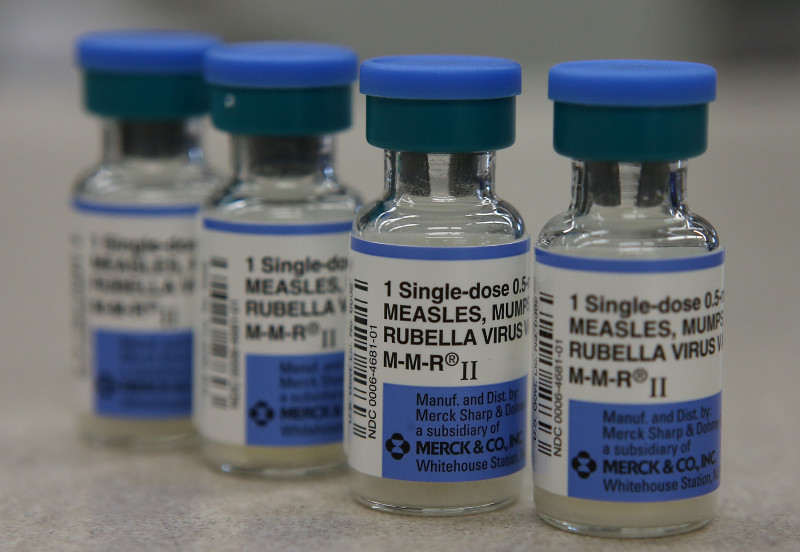There was no sign that what the researchers did in the study helped to reduce vaccine hesitancy.
But that's not the end of this approach.
Scientists like to say that finding out something doesn't work can be just as important as finding out when something does. Not only researchers involved with the study -- but also those who had nothing to do with it -- say that's the case here.
Let's look first at what Group Health Research did in its study, which they say is the first randomized trial to test improving hesitancy about vaccination -- by directly targeting doctors.
The centerpiece of the new approach was a 45-minute training of a "novel communication strategy" with doctors and providers, It was based on "best practices in physican-patient communication, adapted to vaccine conversations," the authors wrote. Doctors also received written support material, monthly emails and assistance upon request.
The parents themselves did not receive training. The goal was to see if giving doctors better tools in communicating about vaccines would reduce hesitancy in mothers.
In the study, 347 mothers of healthy newborn babies were randomized into two groups: Some received care in clinics where doctors had received the training, and the rest went to clinics that did not.
The study lasted six months, and vaccine hesitancy declined somewhat in both groups, but there was no statistically significant difference between the two. During the study period, there was a whooping cough outbreak in Washington, as well as a new law requiring a doctor's note before opting out of vaccines. The decline in vaccine hesitancy may have been related to those events, rather than anything in the study.
The study was published in the journal Pediatrics and was funded by the Group Health Foundation and the Bill and Melinda Gates Foundation.
"Obviously, we were hopeful that it would improve vaccine hesitancy, so we would have preferred to see a different effect," Henrikson said, "but it really raised more questions about what other projects we could do moving forward."
Brendan Nyhan, a professor of government at Dartmouth, has been looking at vaccines and testing different approaches of educating parents. He was also positive about the research.
"We're headed in the right direction," he told State of Health. "We're starting to ask better questions, and part of real science is that sometimes our experiments don't work out the way we expect."
In any accompanying editorial, Julie Leask, Ph.D., with the University of Sydney's School of Public Health, and Paul Kinnersley, M.D., at the Institute of Medical Education at the University of Cardiff in Wales, said the study "required careful consideration and should be seen as the start, not the end of the story." It pointed to a "clear need to develop new approaches to vaccine consultation."
One of Henrikson's big questions was whether the 45-minute training was "a big enough dose of the intervention. It's not a bad intervention," she said, "but a more intense version of it might be able to make a difference."
Since the overwhelming majority of parents do vaccinate their children, Henrikson said another area for future research could be identifying ways to "help providers make time for parents who do have more questions and need more time."
She pointed out that concerns about vaccines are not an all-or-nothing proposition. It's a continuum, she says. On one end are people who support vaccines and ensure their children receive all recommended vaccinations. On the other end are people who refuse all vaccines.
"Then there are people in between," Henrikson said, "and we're still understanding that. And at what point do people really have all the information they need?"
"What we want to do is build a body of evidence about how doctors can communicate about vaccines," Nyhan said. "Each time we do this, we'll learn more."
